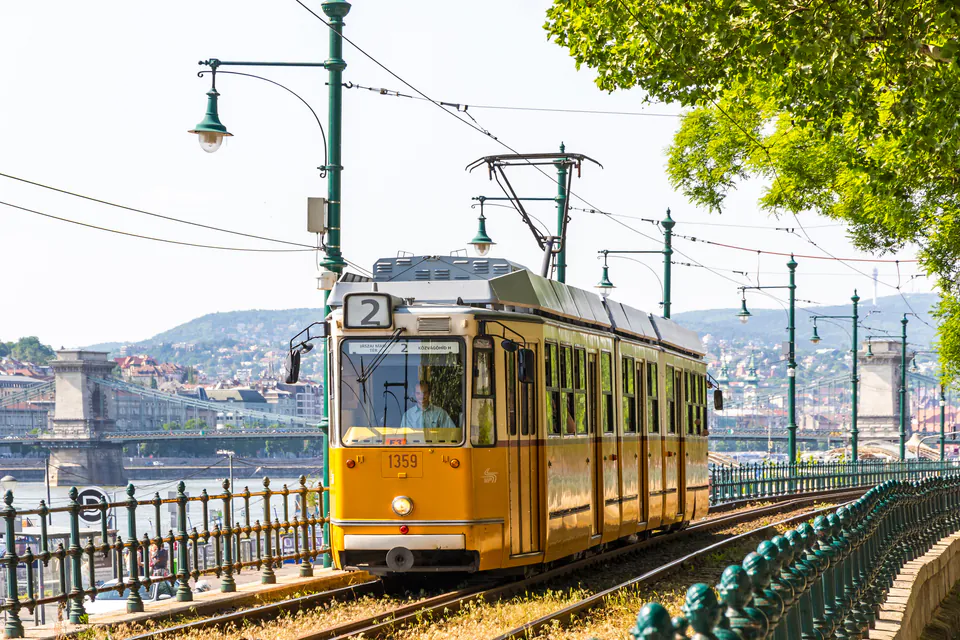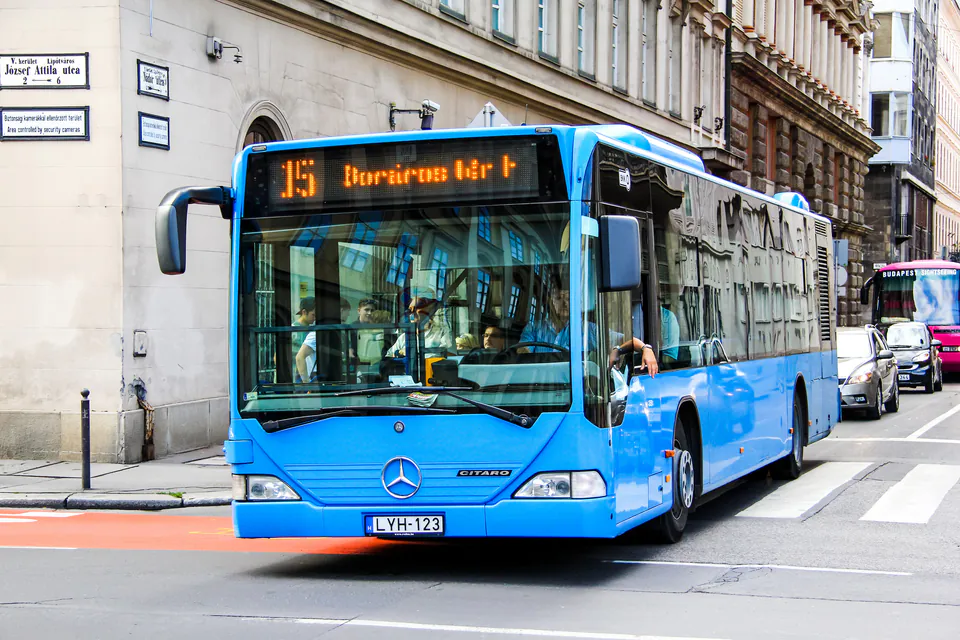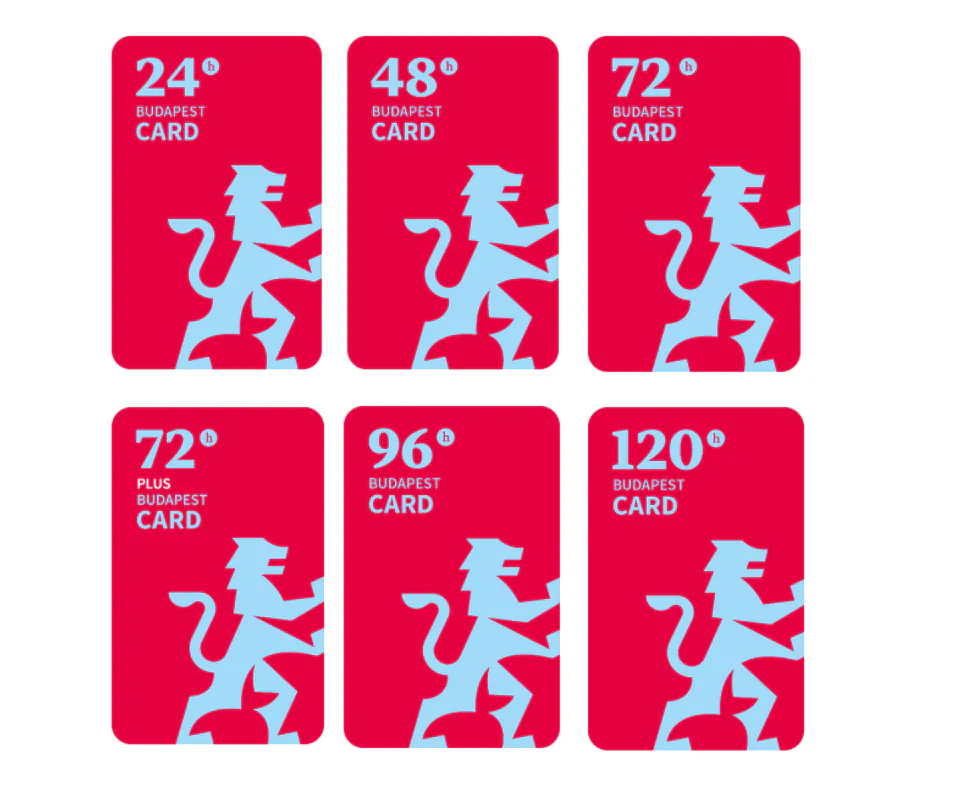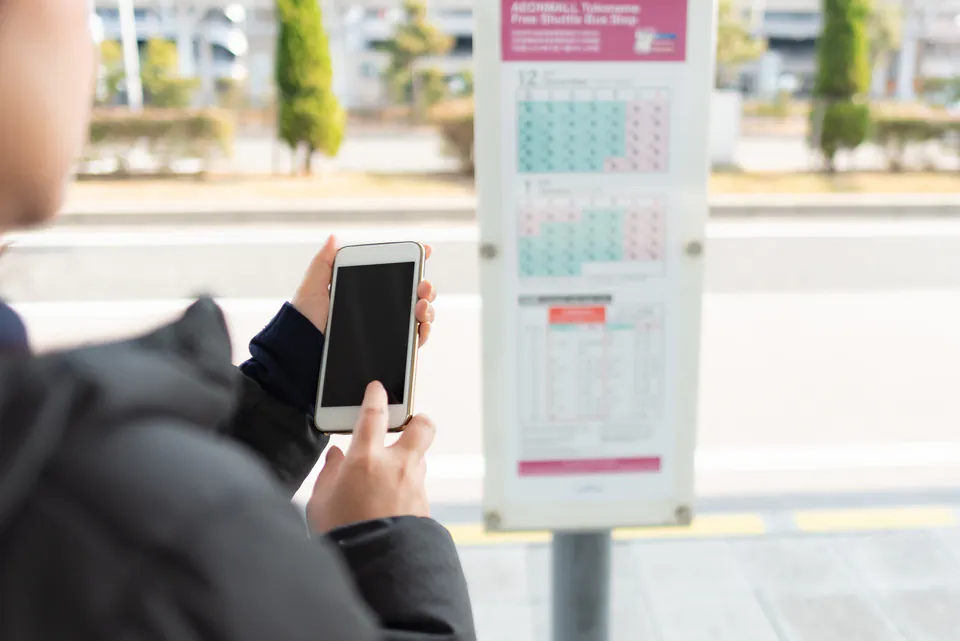Navigating Budapest's Public Transport: Metro, Tram, Bus, and More
Budapest has one of Europe's best public transport systems, and it connects every part of this amazing city that's split by the Danube River. You can ride the historic yellow metro line that's actually a UNESCO World Heritage Site, or take scenic tram rides with incredible river views. Getting around Budapest is both easy and fun. BKK runs everything, and they make visiting places like Buda Castle, Parliament, and the thermal baths super simple and cheap.
We always tell people that understanding Budapest's transport options will totally change your trip for the better. Whether you want to relax at Széchenyi Baths, explore the Castle District, or check out the nightlife in the Jewish Quarter, the system works really well. It's efficient, surprisingly affordable, and has great digital tools. You'll spend way more time actually seeing the city instead of worrying about how to get places.

How Budapest's Transport System Works
Budapest's public transport really covers everything you need. There are four metro lines, over 40 tram routes, more than 200 bus lines, trolleybuses, suburban trains, and even seasonal boats on the Danube. Pretty much every tourist spot is easy to reach, from Fisherman's Bastion up on the hill to the busy Great Market Hall.
What we love about this system is how well everything connects. Metro stations work like big hubs where different lines meet, and tram and bus stops are placed perfectly to work with the underground network. Trains show up every 2-5 minutes when it's busy, and they stick to their schedules all day long.
The color system makes everything so much easier for tourists. Each metro line has its own color - yellow for M1, red for M2, blue for M3, and green for M4. All trams are yellow, buses are light blue, and trolleybuses are red. Even if you don't speak Hungarian, you can figure it out just by looking.

The Metro System is Amazing
Budapest's metro mixes old history with modern efficiency really well. The M1 yellow line opened way back in 1896, making it the first underground railway in continental Europe and second oldest in the world after London's. This UNESCO line has these charming old stations with original tiles and vintage fixtures that make you feel like you're traveling back to the Austro-Hungarian times.
Each metro line goes to different areas and tourist spots. M1 connects central Pest with City Park, including Heroes' Square and Széchenyi Thermal Baths. The red M2 line runs east-west and links the main train stations while crossing the Danube. M3 blue line is like the backbone - it goes north-south through central Pest and gets you to most major attractions. The newest M4 green line finished in 2014 and has beautiful modern architecture plus full accessibility.
Metro runs from 4:30 AM to 11:50 PM every day. During rush hours (8-9 AM and 5:30-7 PM), trains come every 2-5 minutes. Off-peak times, you'll wait 5-10 minutes. It's definitely the fastest way to get across the city, especially for longer distances or when you need to cross between Buda and Pest.
Trams Are Like Moving Sightseeing Tours
Budapest's huge tram network gives you more than just transport - it's like taking moving sightseeing tours through the most beautiful parts of the city. These bright yellow trams cover almost 100 miles of track across 40+ lines, reaching neighborhoods and attractions that metros can't get to.
Tram 2 is something special. We always recommend it to visitors because it's one of the world's most scenic urban transport routes. It runs along the Pest side from Jászai Mari tér to Közvágóhíd, and you get amazing views of Parliament, Buda Castle, Fisherman's Bastion, Chain Bridge, and Elizabeth Bridge. Evening rides are magical when all the landmarks light up against the dark sky.
Lines 4 and 6 run 24/7, going around the Grand Boulevard and connecting different districts. These modern trams handle over 440 million passengers every year and have automatic ticket machines. Tram 19 is another scenic route that connects Kelenföld Train Station with Óbuda, giving you beautiful Danube views between Liberty Bridge and Margaret Bridge.

Buses Fill All the Gaps
The bus network covers all the spots that trams and metros can't reach, with over 200 lines making sure even far-away neighborhoods stay connected. Blue buses handle regular city routes, while red trolleybuses get power from overhead electrical cables. They mostly run in Pest and are quieter and better for the environment.
Buses are great for getting to areas where trams and metros can't go, especially the hilly Buda side. For tourists, lines 16 and 16A go to Buda Castle and give you scenic rides through historic neighborhoods with great views of the city below. Lines 21 and 21A serve the Buda Hills, perfect if you want to access hiking trails and viewpoints like Normafa.
Night buses become really important after regular transport stops around midnight. There are 31 night routes (they have numbers starting with 9, like 909) that run less frequently but keep the city accessible all night. Astoria is the main hub for night services, connecting different routes across both Buda and Pest.
Taking Boats on the Danube
Seasonal boat services add something unique to Budapest's transport options. You can experience the city from the Danube's perspective, and public transport boats connect major riverside attractions.
Regular ferry tickets cost 170 HUF and are included in monthly Budapest passes. Tourist boat services cost 750 HUF per trip. The Budapest Card includes boat services, so it's great value if you're planning multiple water trips. But boat services can be irregular, especially in winter when weather affects operations.
We discovered that river transport gives you incredible views of Budapest's architecture that you just can't see from street level. From the water, you can see the neo-Gothic Parliament building and the impressive Buda Castle complex from completely different angles. The perspective from water level shows details and proportions that are invisible from the street, making boat rides both practical and memorable.

Getting Tickets Right
Understanding Budapest's ticket system makes everything go smoothly and helps you avoid expensive fines. There are lots of options depending on how much you travel and how long you're staying. Single tickets at 450 HUF (about €1.20) are great value for individual trips, while people staying longer should get multi-day passes.
Budapest Transport Ticket Options
| Ticket Type | Price (HUF) | Validity | Transfers Allowed |
|---|---|---|---|
| Single Ticket | 450 | One journey | Metro line changes only |
| 30-Minute Ticket | 530 | 30 minutes | Unlimited within time limit |
| 90-Minute Ticket | 750 | 90 minutes | Unlimited within time limit |
| 24-Hour Pass | 2,500 | 24 hours | Unlimited |
| 72-Hour Pass | 5,500 | 72 hours | Unlimited |
| Block of 10 Singles | 4,000 | Per ticket | Metro line changes only |
The Budapest Card is amazing value for tourists, starting at 29 EUR for 24 hours. This pass includes unlimited public transport, free entry to some museums and thermal baths, and big discounts on attractions, tours, and restaurants. You can get anything from 24-hour basic cards to 120-hour premium versions, and each level gives you more valuable benefits.
You have to validate tickets or you'll get fines up to 16,000 HUF. Orange machines at metro entrances and yellow or red punch machines on trams and buses must be used right when you board. Digital tickets from the BudapestGO app are easier because they activate automatically when scanned.
Apps and Digital Tools Make Everything Easier
Technology makes Budapest's transport much better through smart mobile apps. The official BKK app gives you real-time arrival info, route planning, and service updates in multiple languages. This free app works on both iOS and Android and is really helpful for getting around efficiently.
The BudapestGO app is even more convenient because you can buy tickets right on your phone. You can get single tickets, time-based passes, and multi-day options without going to physical locations or dealing with cash. The app also has journey planning and real-time info, so it's like having a complete travel companion.
For bike lovers, the MOL Bubi bike-sharing system gives you another transport option with lime-green bikes at docking stations throughout the city. At 40 HUF per minute with a 25,000 HUF refundable deposit, it's flexible for short trips and scenic exploration, especially downtown and along the Danube.

Accessibility and Special Deals
Budapest's transport system is getting better at helping travelers with mobility challenges. Metro Line M4 has full wheelchair access with elevators at all stations, while Line M3 has barrier-free access at some stations including Újpest-központ and Gyöngyösi utca. Line M2 has accessible stops at Örs Vezér tere, Pillangó utca, and Puskás Ferenc stadion.
Modern trams, especially lines 4 and 6, have step-free boarding and special wheelchair spaces. Most buses have ramps and priority seating, though older vehicles might be challenging. The BKK website has detailed accessibility info for each station and route, helping you plan appropriate trips.
There are special discounts for different types of travelers. EU and Swiss citizens aged 65+ get free transport with valid ID, while families can use 24-hour group travel cards covering up to five people for 5,000 HUF. Students with proper documentation get discounted monthly and yearly passes, though single ticket discounts aren't available.
Safety Tips and Practical Advice
Rush hour times (8-9 AM and 5:30-7 PM) bring bigger crowds and higher pickpocket risks. We always recommend staying alert during these times, keeping valuables secure, and allowing extra time for trips. Night transport runs less frequently, so you need to plan ahead for late-evening activities.
Ticket inspectors wear dark blue uniforms with red armbands and can check tickets anytime, sometimes in regular clothes. Always keep validated tickets until your trip ends, because fines can reach 16,000 HUF if you don't comply. Paying on the spot or within two days reduces fines to 12,000 HUF.
For taxi alternatives, good companies like Főtaxi or ride-sharing apps like Bolt give you reliable service with clear pricing. We learned the hard way to avoid unmarked taxis and make sure meters are running to prevent overcharging that's common with tourist-targeted scams.
